Master essential knife skills to prep ingredients safely and efficiently. Learn techniques to cut ingredients into uniform pieces for consistent cooking.
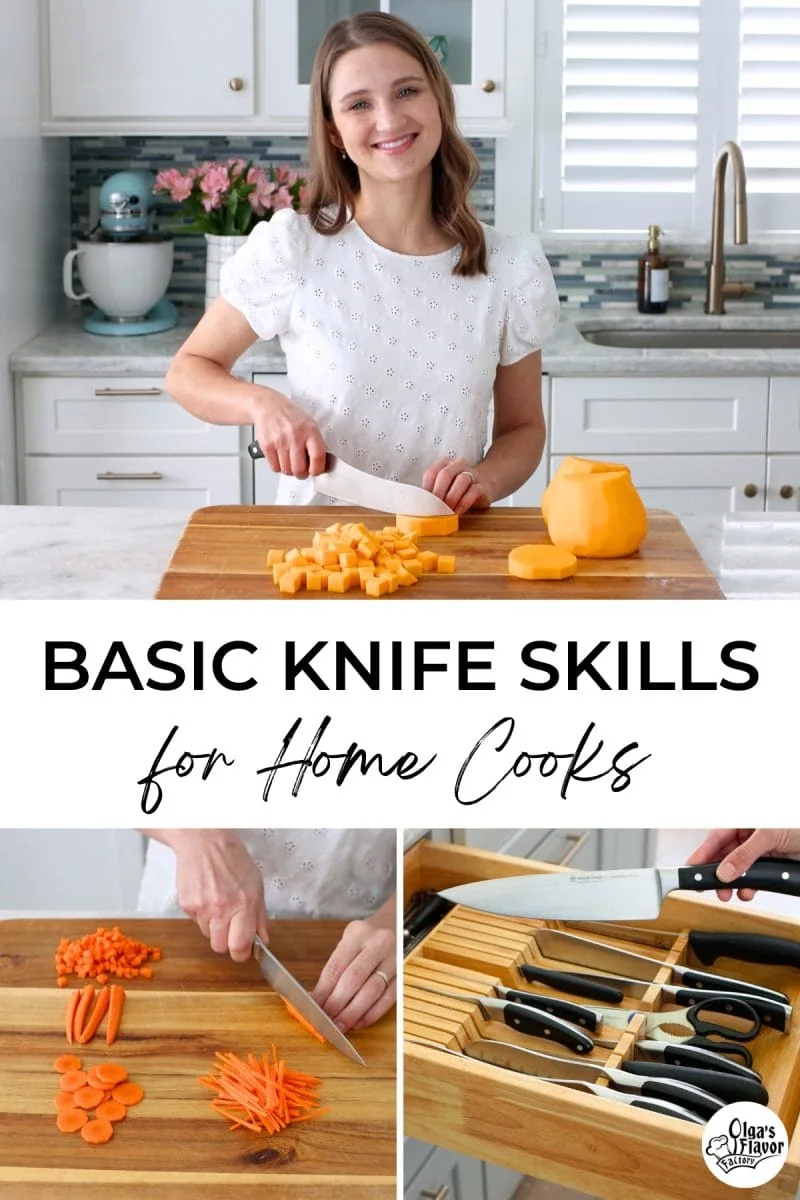
Whether you’re whipping up a quick weeknight dinner, prepping for a weekend get together or an epic holiday meal, mastering basic knife skills can make a world of difference in your kitchen. Not only does it help you cut safely, but it also ensures your ingredients are sliced uniformly. Not only will this make your food look more beautiful, it also helps to have your ingredients cook through at the same time. We eat with our eyes first. If anything like me, it's so much more pleasant to have same cuts throughout your recipes, not have random giant or random sized pieces of food.
In this post, we’ll break down some essential techniques that every home cook should know. Don’t worry—this isn’t about fancy restaurant tricks or expert-level precision; it’s about giving you the confidence to tackle your veggies, meats, and herbs with ease. So grab your favorite knife, and let’s get chopping!
Knife Safety
Before we dive into the world of chopping, dicing, and julienning, let’s have a heart-to-heart about something super important: safety. Because, let’s be honest, nobody wants a trip to the ER to spice up their cooking experience. If you follow these simple tips, it will help you cut safely and prevent accidents.
Prep Your Cutting Board: The Foundation of Safety
First things first—let’s talk about your cutting board. If it’s wobbling like a toddler on roller skates, it’s time for some intervention. A stable cutting board is your best friend. To keep it from doing a dance across your counter, place a damp paper towel underneath it. This little trick works like magic, preventing any accidental slip-ups. Trust me, your fingers will thank you!

Create a Stable Surface with Your Ingredients
Creating a stable surface is key, not just for your cutting board but also for the ingredients you’re working with. You know how tricky it can be to cut a zucchini, potato, or apple when they start rolling around on you!
That’s a recipe for disaster, so to avoid this chaos, always start by creating a stable surface. Cut off a small slice from the bottom of your veggie or fruit to give it a flat base. Voilà! You’ve got yourself a solid foundation to work with. I have lots of examples of this in the accompanying video.

Keep Your Fingers Out of Harm's Way
Next up, let’s discuss finger placement. No one wants a surprise visit to the ER in the middle of dinner prep, right? Curl your fingertips in and let your knuckles be the brave ones next to the blade. This way, your fingertips will stay far away from that sharp edge, and you can slice away with confidence. Think of your knuckles as the knights in shining armor—only the boldest ingredients get to mingle with the blade!
Remember,
- Curl your free hand's fingers under to create a "claw" shape
- Use your knuckles to guide the knife and keep fingers out of the way
- Great for dicing, mincing, and other fine chopping tasks

Take Your Time: No Need to Rush
And here’s the golden rule: don’t rush! Most kitchen accidents happen when we’re in a hurry. Remember, you’re cooking for your family, not competing for a Michelin star! So slow it down, enjoy the process, and keep those fingers intact.
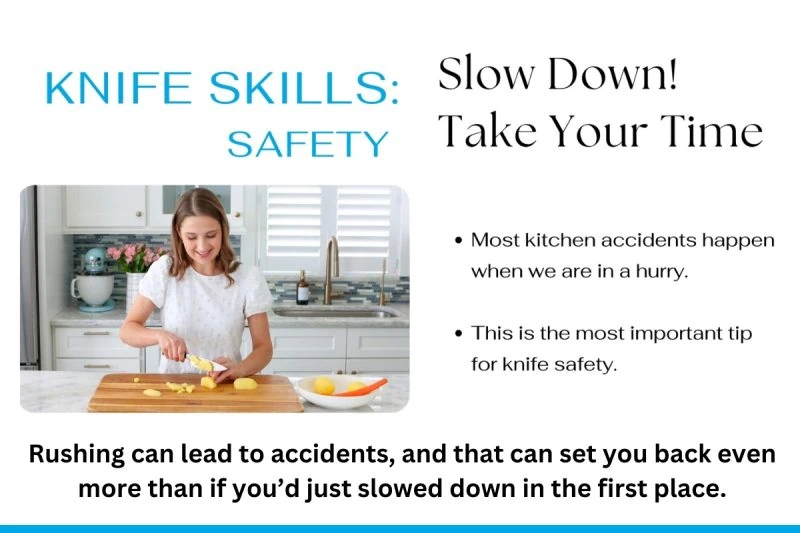
Meal prepping can be a lifesaver on those busy nights when you feel like you’re in a culinary marathon. With some chopping done ahead of time, you can whip up dinner in no time without sacrificing safety. If you're in a real pinch and need to prep a meal really quickly, I recommend using some helpful tools, such as your food processor, blender and chopping tools to make the prep work faster.
Favorite Chopping Tool (affiliate link)
Now that we’ve covered the basics of safety, you’re ready to tackle those knife skills like a pro.
Basic Knife Skills (Watch the Video)
In this video, I walk you through some great examples of how to chop, slice, and dice all kinds of ingredients—think potatoes, zucchini, carrots, cabbage, bell peppers, tomatoes, bread, meat, herbs, and so much more! Plus, I’ve put together a video and a blog post all about the best knives every home cook should have. There, you’ll find all the details on how to use each knife effectively. It’s a great resource to help you feel more confident in the kitchen! (COMING NEXT WEEK)
1. Slicing
What It Is: Slicing is a one of the most straightforward knife skills. This technique is used to cut food into even, thin pieces. This is often used for vegetables and fruits, but also meat, cheese and so much more. I often think of cabbage, celery, carrots for this. You can use things into big slices or small thin ones.
How to Do It:
- Hold your knife with a firm grip and place the food item on a stable cutting board.
- Position the knife at the desired angle (usually about 45 degrees) and make smooth, controlled motions.
- Use your non-dominant hand to hold the food in place, curling your fingers under to keep them safe.
Tip: A good chef’s knife is perfect for slicing. Make sure it’s sharp for the best results!
Favorite Chef's Knife (affiliate link)
Favorite Serrated Knife (affiliate link)
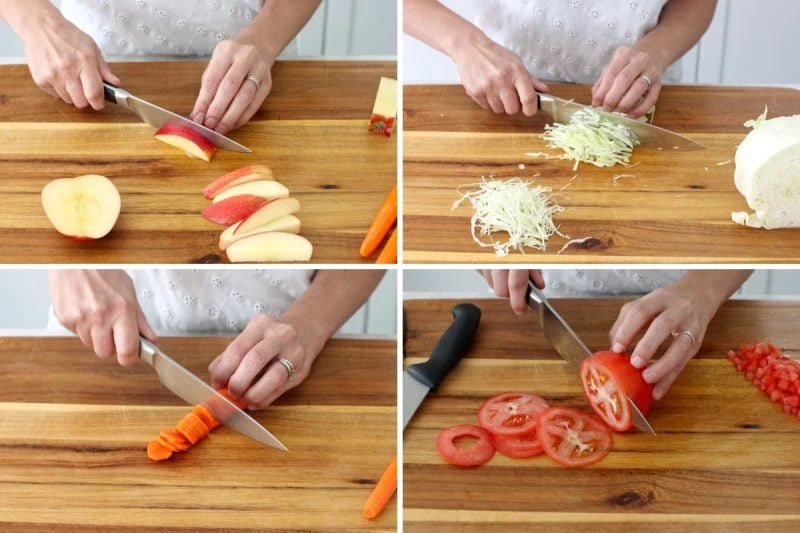
2. Dicing
What It Is: Dicing involves cutting food into small, uniform cubes. This technique is often used for onions, potatoes, peppers, and other vegetables.
How to Do It:
- Start by slicing the food into even horizontal/parallel slices.
- Stack the slices and cut them into strips (this is called julienne).
- Finally, turn the strips and cut across them to create small cubes.
Tip: Aim for uniform sizes to ensure even cooking. The more you practice, the easier it will be!

3. Mincing
What It Is: Mincing is all about chopping food into super tiny pieces—think of it as the ultra-fine dice! It’s perfect for garlic, onions, and herbs. I really love using this technique for shallots, onions and garlic.
It comes in really handy when I’m whipping up soup for the little ones. Trust me, my boys and all my nieces and nephews get a kick out of those itty-bitty carrot pieces! And let’s be honest, tiny minced celery is a flavor powerhouse without those chunky slices popping up unexpectedly. It’s like sneaking in veggies while keeping it fun!
How to Do It:
- Place the food on the cutting board and use the knife to chop it into small pieces.
Tip: For garlic, I smash the garlic clove with the flat side of my knife, the peel comes right off and half the work is already done. You can sprinkle a little salt on it to help break it down even more. For extra flavor, let minced garlic sit for a few minutes before using—it enhances its aroma!

4. Julienne
What It Is: Julienne is a method of cutting food into long, thin strips, often used for vegetables like carrots and bell peppers.
The pieces can be larger, such as when cutting bell peppers for a stir fry, carrots sticks for snacking. You can also cut things into really fine and thin julienne slices, like for a salad or when you want things to cook through faster. I LOVE this technique. It makes food look so beautiful!
How to Do It:
- Start by trimming the vegetable into a manageable length.
- Cut it into thin slices, then stack those slices and cut them into strips.
Tip: Julienne cuts are great for stir-fries and salads, adding a nice texture to your dishes.

5. Chiffonade
Chiffonade is a technique used for cutting leafy greens and herbs into thin strips. It’s great for basil, spinach, and other leafy vegetables. Not only will this give you pretty, thin slices, but will also keep the delicate herbs and spinach from bruising and discoloring.
How to Do It:
- Stack the leaves on top of one another, then roll them tightly together.
- Using a sharp knife, slice the rolled leaves into thin ribbons.

Final Thoughts
Mastering these basic knife skills can significantly elevate your cooking game. Not only will your meals look more appealing, but you’ll also enjoy the process of preparing food more. Remember, practice makes perfect! Take your time, and soon you'll be slicing and dicing like a pro.

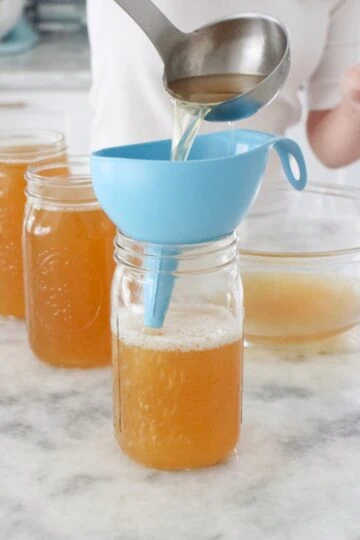
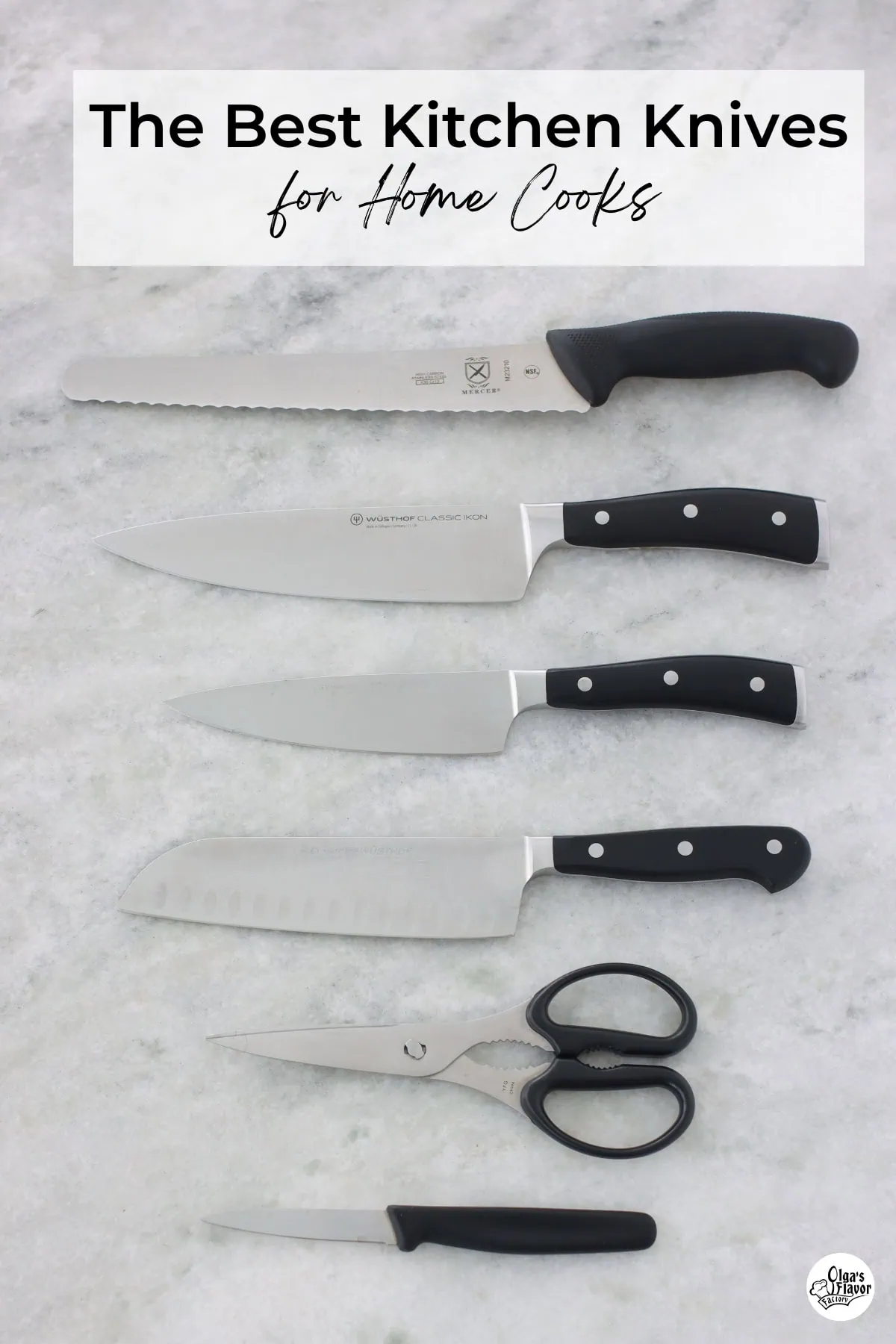

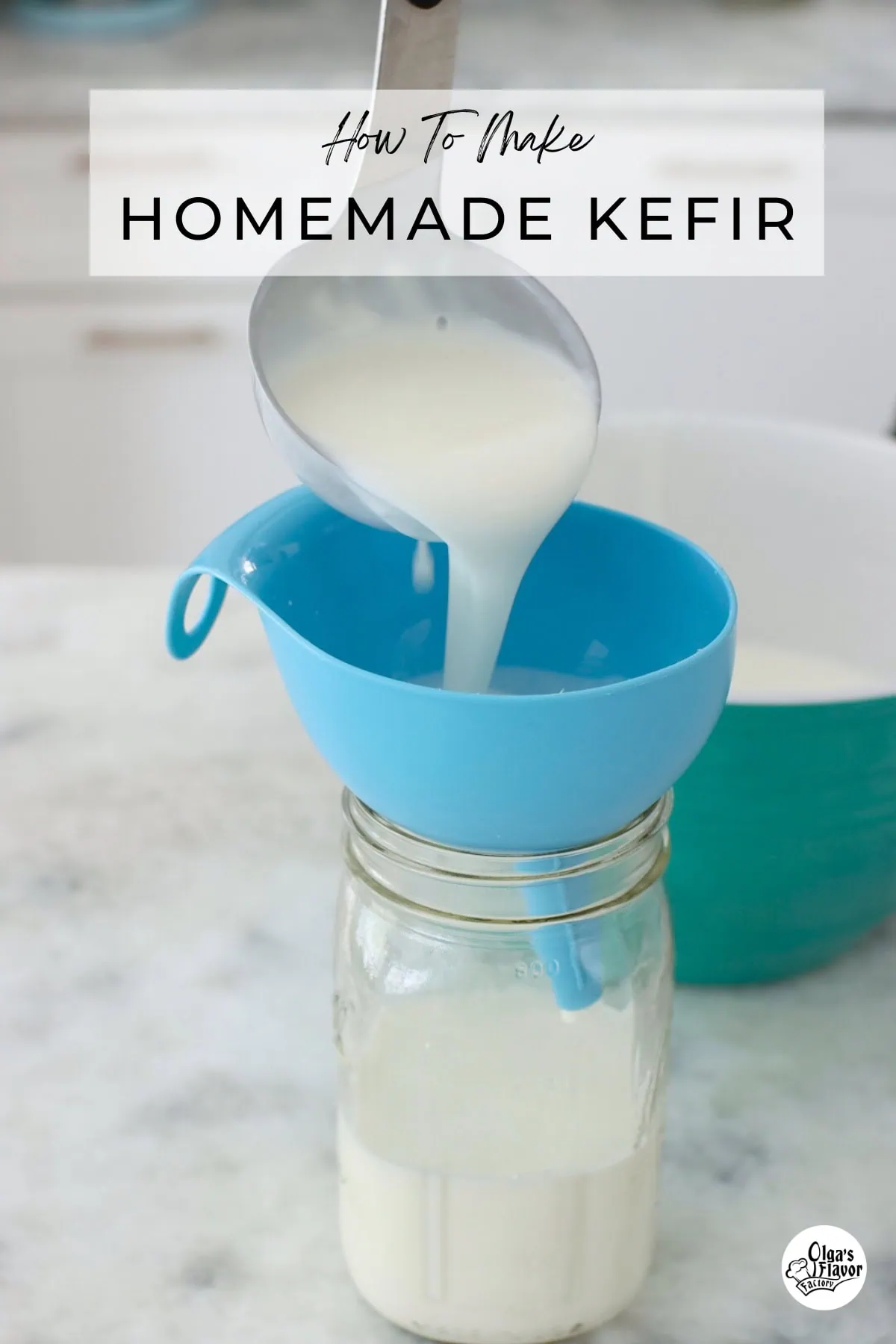
Leave a Reply